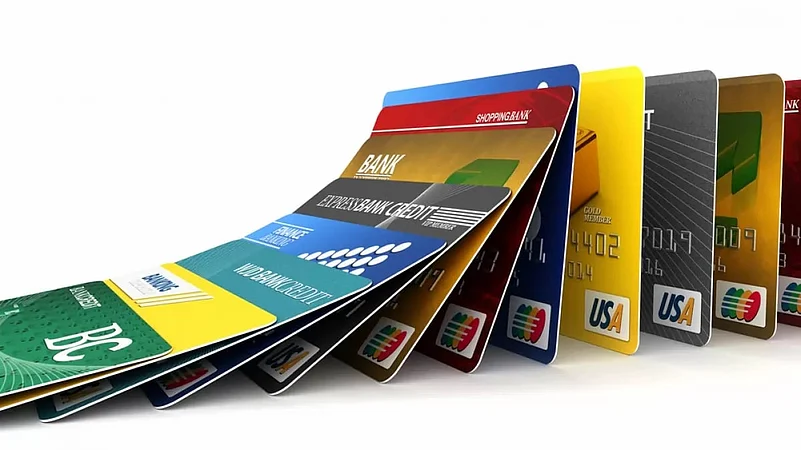Despite rising interest rates, retail credit in India saw a significant increase over the past year, with outstanding personal loans rising to whopping Rs 37.7 trillion as of October 2022, BankBazaar, an online financial services provider, said in a report.
The report, “Moneymood Retail Credit Trends”, said bank personal loans grew by 20 per cent to Rs 37.7 trillion, year-on-year (YoY) as on October 2022, signaling a robust post-pandemic recovery.
Credit cards, mainly co-brands, have had “a tremendous year” and “outstanding credit cards peaked at around 8 crore, doubling over a five-year period”.
Cash transactions have dropped considerably as more people have taken to digital payment modes—thanks to the growing popularity of UPI (Unified Payment Interface).
For higher ticket purchases, though, more people are using credit cards, the report noted.
Credits, such as home and personal loans, continue to grow, despite interest rate hikes and macro-economic pressures due to inflation, and the Russia-Ukraine war. For instance, citing data from the Reserve Bank of India (RBI), the report said home loans grew by 16 per cent year-on-year.
Average home loan ticket size on BankBazaar was Rs 25.19 lakh this year. Interestingly, the spike in home loan demand was mainly seen between March and October, when rates were hiked consecutively.
BankBazaar expects the momentum in retail credit growth to continue in 2023.
Of the Rs 37.7 trillion outstanding personal loans as of October 2022, housing accounted for 48.43 per cent or Rs 18.25 trillion, vehicle loans 12.24 per cent or Rs 4.6 trillion.
Other personal loans accounted for 26.26 per cent or Rs 9.9 trillion.
Credit card loan outstanding stood at 4.75% of the total or Rs 1.79 trillion, and consumer durables accounted for 0.92 per cent of the total or Rs 347 billion.
Notable Trends
While small unsecured loans grew the fastest, secured loans, such as loans against fixed deposits (FDs) grew rapidly in 2023, the report noted, attributing it to borrowers ’ increasing ability to assess different credit products. A sustained rise in bank credit usually signals an economic recovery and with inflation easing, “we can expect renewed economic growth,” it said. In addition, consumers looking for convenience and digital spend rewards have adopted co-brand cards launched by banks and fintechs.
“Credit card spends got bigger, and interestingly, ATM cash withdrawals stagnated at 2020 levels,” it said.
For instance, it said BankBazaar credit card disbursals grew by 103 per cent. Reward cards grew 48 per cent, and fuel cards grew 22 per cent as petrol costs spiked.
However, premium cards remained the most favoured with a three-fold increase, the report said. It observed that co-brand cards will continue to be popular as spends become increasingly digital. The study expects launch of more co-brand cards in 2023 to cater to digitally savvy consumers.














